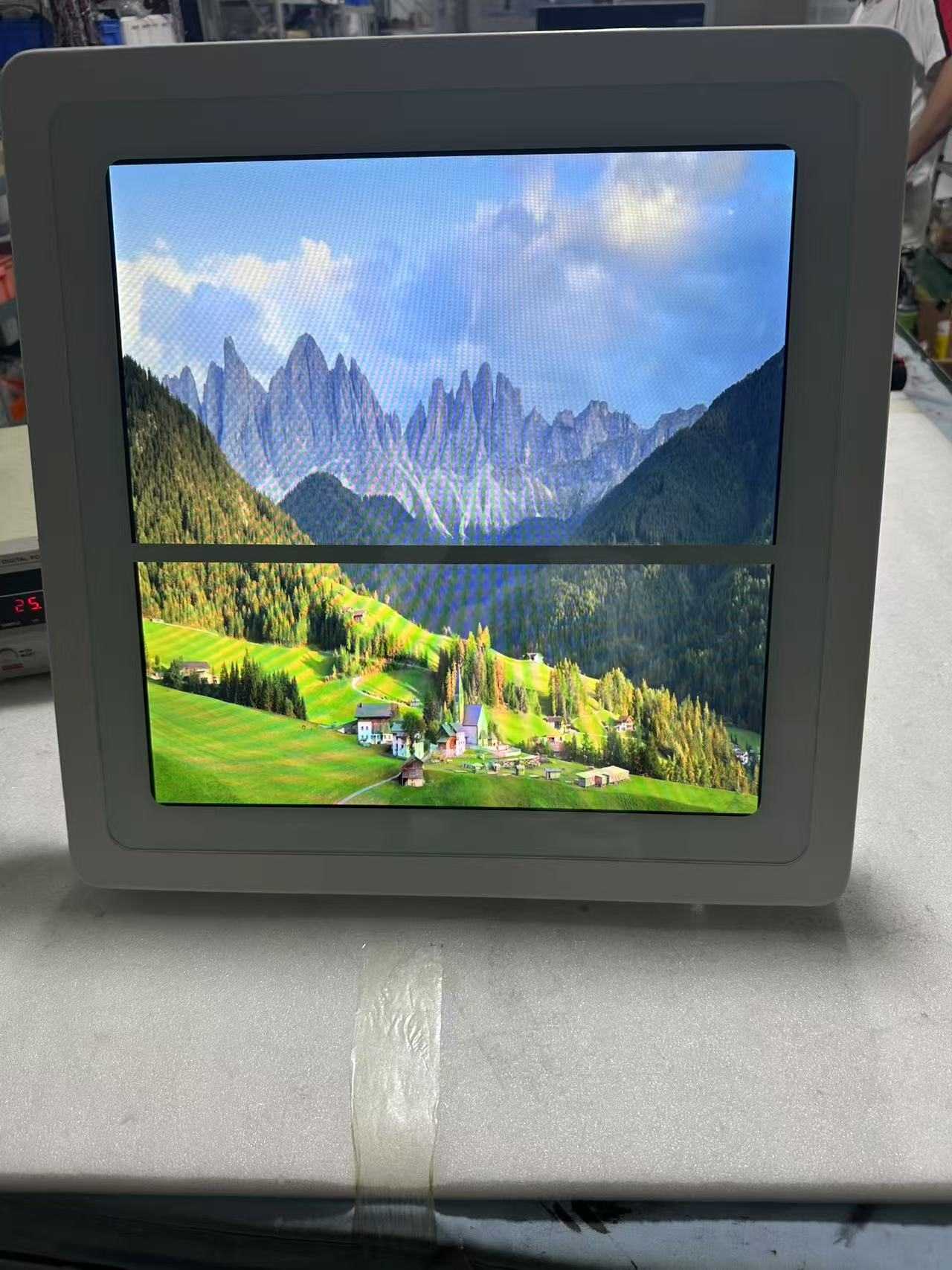Indoor Advertising Player: Revolutionizing Modern Marketing
2025-05-29
In today's fast-paced and highly digitalized world, businesses constantly seek innovative ways to capture the attention of their target audience. One of the most effective tools that has emerged in recent years is the Indoor Advertising Player. This modern marketing device is transforming how companies communicate with customers in indoor spaces such as shopping malls, airports, retail stores, restaurants, hospitals, and office buildings.

What is an Indoor Advertising Player?
An Indoor Advertising Player is a digital display device used to broadcast advertisements, promotional videos, or informational content in indoor environments. Typically, it consists of an LCD or LED screen integrated with a media player and network connection, allowing for real-time updates and centralized control. These devices come in various sizes and formats, including wall-mounted screens, floor-standing kiosks, or tablet-like displays on counters.
Key Features
1. High-Definition Display: With vibrant colors and sharp resolution, indoor advertising players provide eye-catching visuals that enhance brand image.
2. Remote Content Management: Through cloud-based software, users can remotely upload, schedule, and change advertisements across multiple locations.
3. Interactive Capabilities: Some models offer touchscreen features for interactive campaigns, surveys, or product catalogs.
4. Customizable Layouts: Layouts can be tailored to include scrolling text, weather updates, social media feeds, or live news—keeping content fresh and engaging.
5. Durability and 24/7 Operation: Designed for commercial use, these players are built to run continuously without overheating or losing performance.
Advantages of Using Indoor Advertising Players
Increased Engagement: Dynamic digital content grabs more attention than static posters or banners.
Cost-Effective: Reduces the need for printed materials and allows instant content updates, saving time and money.
Brand Awareness: Consistent messaging across locations strengthens brand recognition.
Targeted Marketing: Content can be scheduled based on time of day, location, or audience demographics, making campaigns more effective.
Analytics and Feedback: Integration with tracking software can provide insights into customer interactions and ad performance.
Applications Across Industries
Retail: Promote flash sales, new arrivals, or loyalty programs.
Hospitality: Display menus, special offers, or check-in information in hotels and restaurants.
Healthcare: Educate patients in waiting areas with health tips or clinic updates.
Transportation: Share travel updates, maps, and advertisements in airports and train stations.
Corporate: Communicate internal news, event schedules, or company achievements in office lobbies.
Future Trends
The future of indoor advertising players lies in AI-driven personalization, integration with mobile devices, and advanced analytics. With the rise of smart buildings and the Internet of Things (IoT), indoor digital advertising will become even more targeted, responsive, and interactive.
Conclusion
The Indoor Advertising Player is more than just a screen—it is a powerful marketing tool that bridges the gap between technology and consumer engagement. As digital signage continues to evolve, businesses that embrace this innovation will gain a competitive edge in delivering impactful and timely messages in indoor environments.


